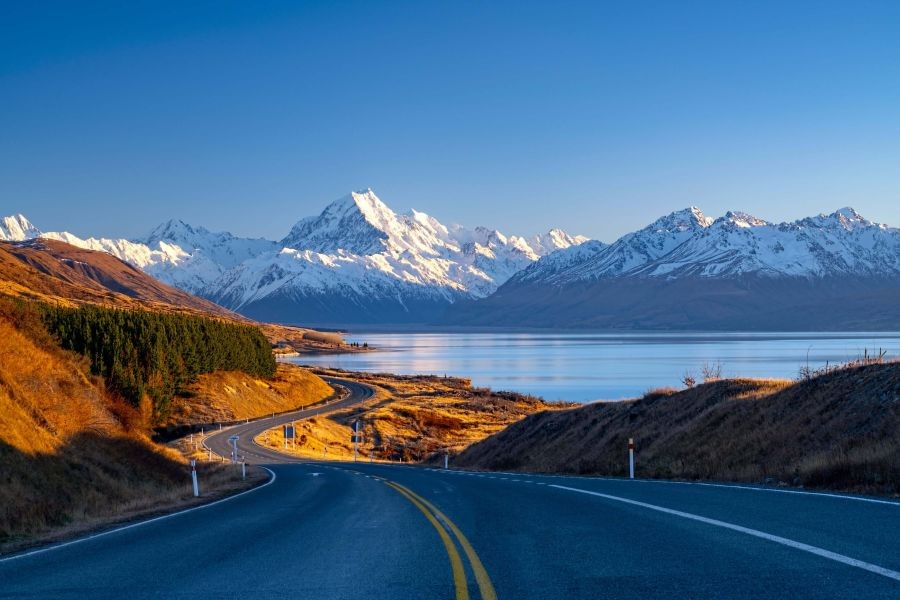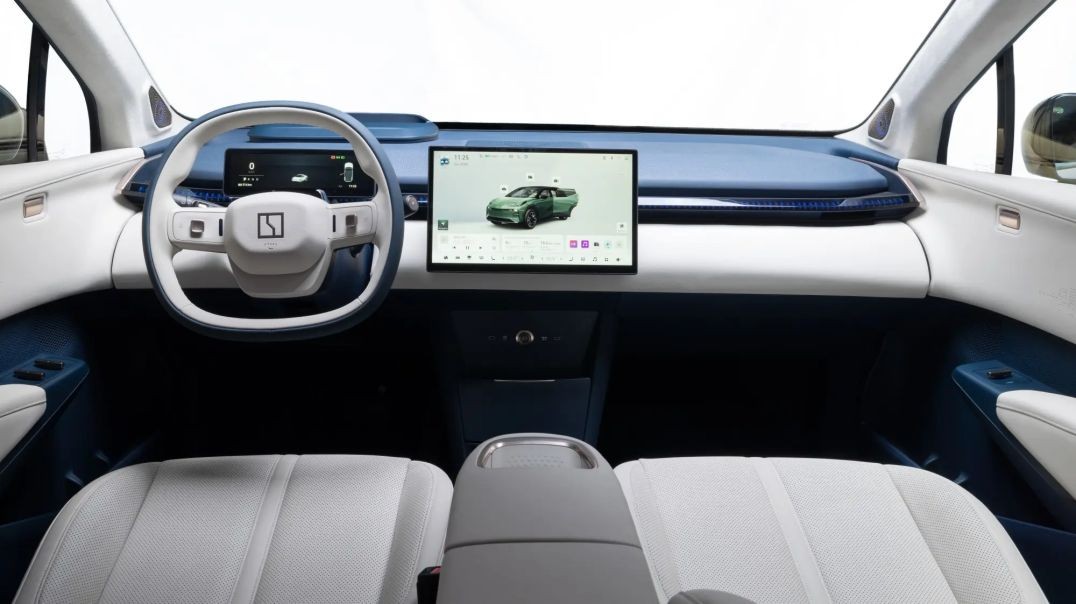New Zealand's road infrastructure is often lauded for its scenic beauty, but how does it truly measure up against other Pacific nations? Let's delve into the complexities of New Zealand's road networks, analyze their economic impact, and compare them with neighboring countries to understand where New Zealand stands and what improvements are needed to drive future growth.
The Backbone of New Zealand's Economy
New Zealand's road infrastructure is crucial to its economy, supporting industries such as agriculture, tourism, and logistics. According to the Ministry of Transport, over 70% of freight in New Zealand is transported by road, highlighting the importance of a reliable road network for economic activity. However, with increasing urbanization and population growth, the question arises: Can New Zealand's roads meet future demands?
Current State of Play
In recent years, New Zealand has invested heavily in road infrastructure, with projects like the Waikato Expressway and the Transmission Gully Motorway aimed at improving connectivity and safety. Despite these efforts, the World Economic Forum's Global Competitiveness Report ranks New Zealand's road quality at 28th globally, a position that suggests room for improvement, especially when compared to Australia, which ranks 18th.
Case Study: Transmission Gully Motorway
The Transmission Gully Motorway, a significant infrastructure project in New Zealand, is a prime example of the challenges and successes in road development. Initially planned to ease congestion and improve access to Wellington, the project faced numerous delays and budget overruns. However, upon completion, it is expected to reduce travel time by up to 15 minutes during peak hours, demonstrating the potential benefits of well-executed infrastructure projects.
Pros and Cons of New Zealand's Approach
Pros:
- Economic Growth: Improved roads stimulate economic growth by enhancing connectivity between regions.
- Safety Improvements: New road designs incorporate safety features, reducing accident rates.
- Reduced Congestion: Projects like the Waterview Connection have significantly reduced traffic congestion in urban areas.
- Tourism Boost: Better roads facilitate easier access to tourist destinations, promoting regional tourism.
Cons:
- High Costs: Infrastructure projects often exceed budgets, as seen with the Transmission Gully project.
- Environmental Concerns: Road expansions can impact local ecosystems and biodiversity.
- Maintenance Challenges: The high cost of maintaining roads in remote areas can be a burden on local councils.
- Urban Sprawl: Improved roads can lead to urban sprawl, affecting sustainable development goals.
Comparative Analysis: New Zealand vs. Pacific Neighbors
While New Zealand has made strides in improving its road infrastructure, a comparative analysis with other Pacific nations reveals areas for potential growth. Australia's investment in smart road technology, for instance, provides lessons on how New Zealand could integrate technology to enhance road safety and efficiency.
Case Study: Australia's Smart Roads
Australia's use of smart road technology, such as sensors and adaptive traffic management systems, has improved traffic flow and safety. New Zealand could adopt similar technologies to address congestion and enhance road safety. A study from the Australian Road Research Board indicates that smart roads can reduce accident rates by up to 30%.
Debunking Common Myths
- Myth: "New Zealand's roads are among the best in the world." Reality: While scenic, New Zealand's roads rank 28th globally in quality according to the World Economic Forum, indicating significant room for improvement.
- Myth: "Road infrastructure only benefits urban areas." Reality: Rural regions also benefit through improved access to markets and services, contributing to regional development.
Future Trends and Predictions
Looking ahead, New Zealand's road infrastructure will likely see increased integration of technology to improve safety and efficiency. The Ministry of Business, Innovation, and Employment forecasts that by 2030, intelligent transportation systems could become commonplace, potentially reducing congestion by 25%. Additionally, the shift towards electric and autonomous vehicles will require further investment in road infrastructure to accommodate these new technologies.
Conclusion
New Zealand's road infrastructure is a vital component of its economy, yet it faces challenges that require strategic investment and innovation. By learning from neighboring countries like Australia and embracing new technologies, New Zealand can enhance its road networks to support future economic growth and sustainability. What steps do you think New Zealand should take next to improve its road infrastructure? Share your thoughts below!
People Also Ask
- How does road infrastructure impact New Zealand's economy? Road infrastructure is crucial for logistics and tourism, supporting over 70% of freight transport and enhancing regional connectivity.
- What are the biggest challenges facing New Zealand's road infrastructure? Challenges include high maintenance costs, environmental impacts, and the need for technological integration to improve efficiency.
- What lessons can New Zealand learn from Australia's road infrastructure? New Zealand can adopt smart road technologies from Australia to improve traffic flow and safety.
Related Search Queries
- New Zealand road infrastructure challenges
- Pacific nations road quality comparison
- Smart road technology in Australia
- New Zealand transport policies 2024
- Impact of road infrastructure on NZ economy































richelleoleary
7 months ago